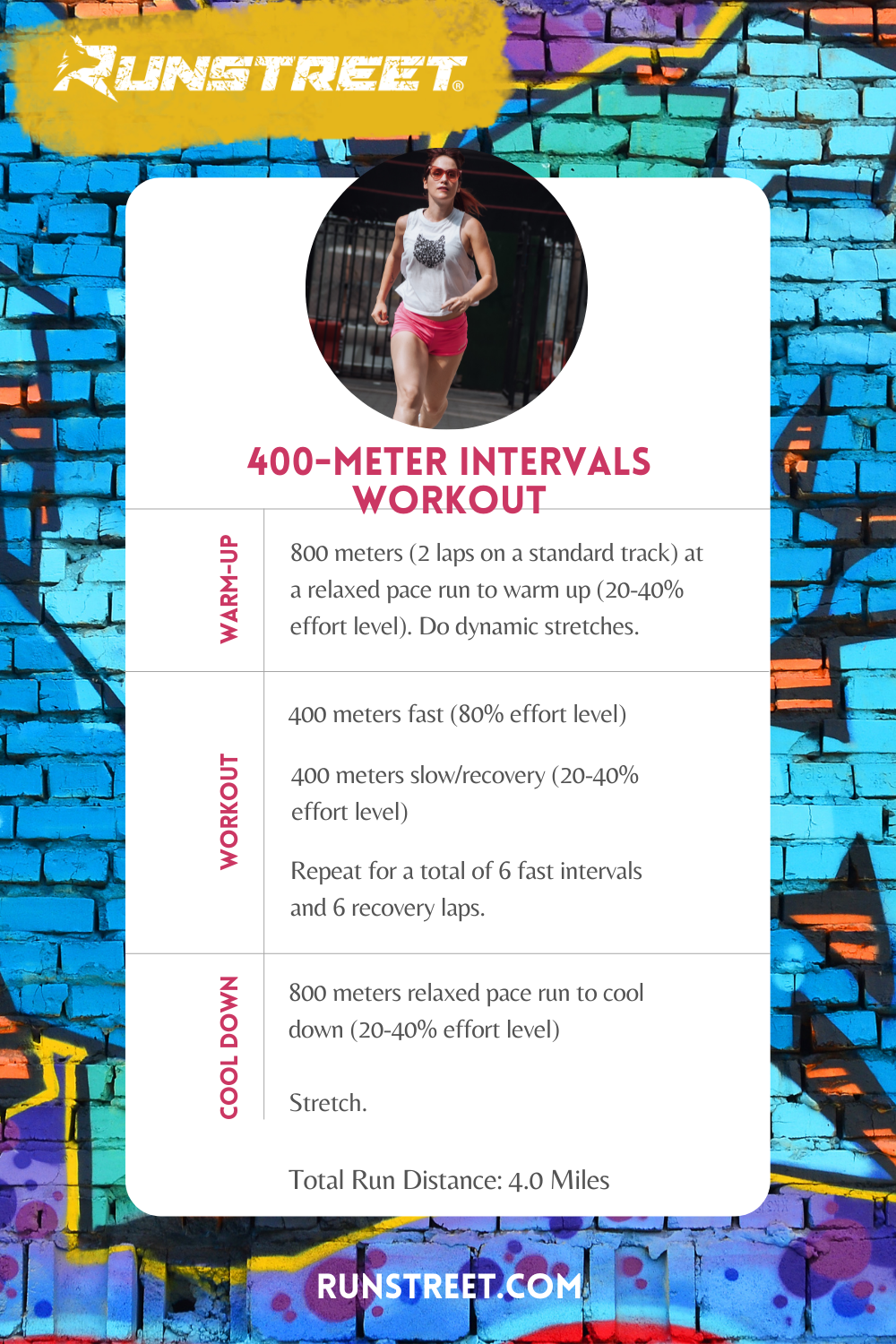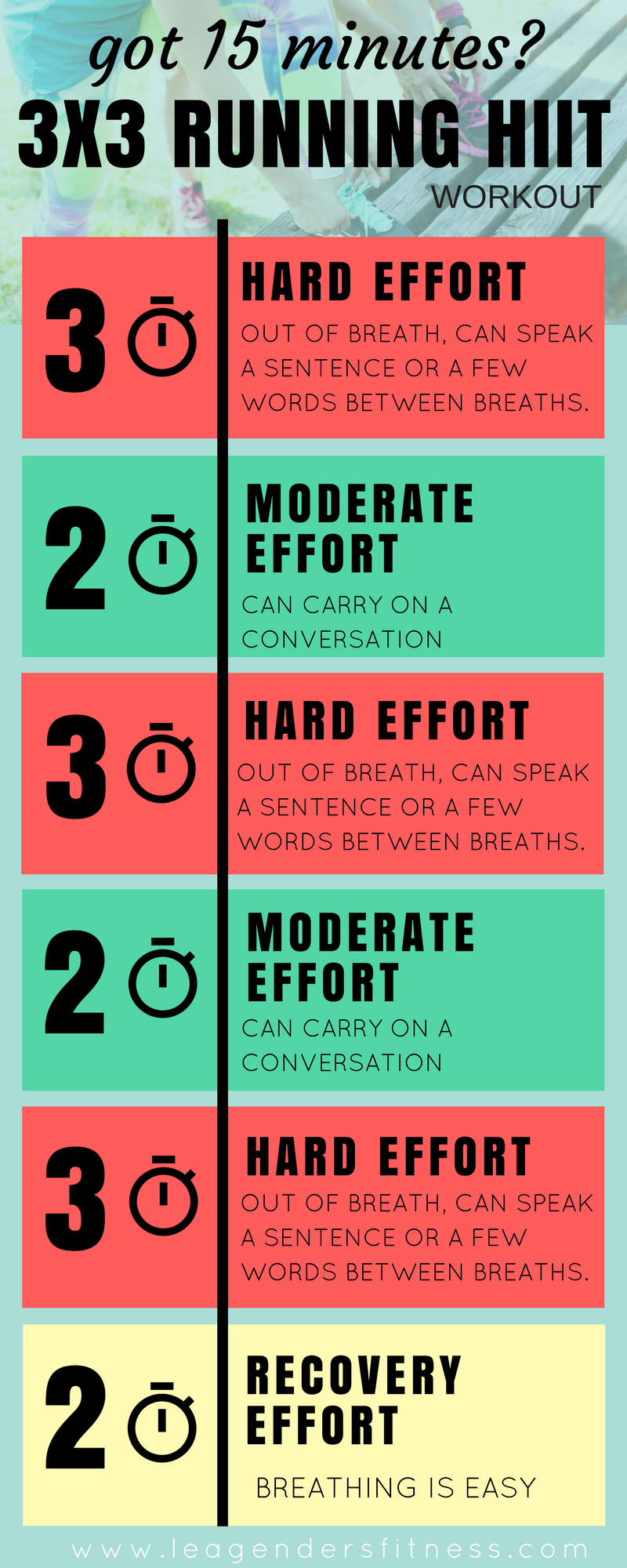Master Your Running Workout: Efficient Strategies for Success
Master Your Running Workout: Efficient Strategies for Success
Blog Article
The Ultimate Guide to Taking Care Of Pain When Running
For joggers, experiencing discomfort during runs is not uncommon, and understanding just how to effectively handle and prevent it can make a considerable distinction in your overall efficiency and satisfaction of the sport. Whether you are an experienced marathoner or simply starting your running journey, understanding the numerous kinds of pain that can occur and the approaches to address them is crucial. From pre-run warm-up regimens to correct footwear selection, there are countless variables to think about when it comes to handling pain while running. This detailed guide will certainly equip you with the expertise and tools necessary to browse through the discomfort and encourage you to accomplish your running objectives with higher simplicity.

Understanding Different Sorts Of Running Pain
When running, it is necessary to compare different kinds of discomfort to avoid injuries and make the most of efficiency (Read More). One common sort of pain that joggers might experience is muscle mass discomfort, which normally develops from the stress and anxiety placed on muscles throughout workout. This kind of discomfort is frequently a regular component of the running procedure and can be handled with appropriate warm-up, cool-down, and extending regimens
Another kind of discomfort to be familiar with is joint discomfort. Joint pain can suggest issues such as overuse, incorrect kind, or underlying conditions like joint inflammation. Ignoring joint pain can bring about much more extreme injuries, so it is essential to attend to any discomfort without delay and possibly seek specialist advice.
Furthermore, sharp or stabbing discomforts need to not be disregarded. These sorts of discomfort can signal acute injuries such as stress, strains, or stress fractures - running strategy. Proceeding to go through these sorts of discomfort can intensify the injury and extend recuperation time

Pre-Run Workout and Extending Regular
To prepare the body for a running session, executing an efficient pre-run workout and extending regular is essential. A proper warm-up assists boost blood circulation to the muscular tissues, boosts flexibility, and reduces the risk of injury during the run. Begin with dynamic stretches like leg swings, arm circles, and high knees to gradually increase your heart rate and chill out the muscle mass. Dynamic stretching assists simulate the motions you'll be doing while running, preparing your body for the activity ahead. Follow this with static stretches concentrating on major muscle groups such as the hamstrings, quadriceps, calf bones, and glutes. Hold each go for concerning 15-30 secs without jumping to advertise muscular tissue leisure and adaptability. Keep in mind to pay attention to your body and change the intensity of your warm-up based upon your fitness degree and any kind of pre-existing problems. By integrating a consistent pre-run warm-up and extending regular right into your running program, you can optimize performance and decrease the threat of pain or injury.
Proper Shoes Choice and Fit
Picking ideal shoes that fits well is vital for joggers to avoid pain and decrease the risk of injuries. Uncomfortable shoes can lead to blisters, black nails, shin splints, and various other unpleasant conditions that can impede efficiency and sideline training. When choosing running footwear, it is vital to think about elements such as foot type, running gait, arch support, padding, and shoe size. running workout. Going to a specialty running shop for a stride evaluation and expert installation can assist ensure that you choose the right footwear for your individual requirements. Running footwear ought to give sufficient assistance and security while also fitting and light-weight. Additionally, it is suggested to change your running shoes every 300-500 miles to preserve correct padding and assistance. Investing in high-grade footwear that is Read Full Report suitable for your running design and foot makeup is a proactive step in the direction of preventing pain and injuries during your runs.
Nutrition and Hydration Tips for Discomfort Avoidance

Hydration is just as important for joggers to prevent pains, dehydration, and other pains that can lead to pain throughout running. By prioritizing nourishment and hydration, runners can improve their efficiency, reduce discomfort, and delight in an extra comfortable running experience.
Post-Run Healing Techniques to Ease Pain
Implementing efficient healing methods is important for easing pain and promoting muscular tissue recovery after running sessions. One essential post-run recuperation technique is stretching. Integrating fixed go for major muscle mass teams can help in reducing muscle mass stress and pain. Foam rolling is another useful technique to launch muscle tightness and enhance blood circulation to the muscular tissues, assisting in quicker recovery. Furthermore, topping aching locations for 15-20 minutes can help in reducing inflammation and numb discomfort post-run.
Moisturizing effectively post-run is crucial for replenishing fluids lost during exercise and helping in muscle mass healing. Taking in a well balanced snack or meal that includes healthy protein and carbohydrates within thirty minutes of finishing a run can assist repair muscle mass cells and restore power shops. In addition, getting adequate remainder is essential for permitting the body to fix and strengthen muscles. Incorporating energetic recuperation tasks such as light strolling or swimming can likewise aid advertise blood circulation and minimize muscle mass tightness - Read More. By integrating these post-run healing methods right into your regimen, you can effectively manage pain and optimize your running performance.
Conclusion
To conclude, addressing various sorts of running discomfort via correct warm-up, extending, shoes choice, nutrition, hydration, and post-run recuperation methods is vital for pain prevention and monitoring. By recognizing the sources of pain and applying these methods, runners can decrease pain and potential injuries. It is important to focus on general physical health and health to guarantee an effective and satisfying running experience.
Report this page